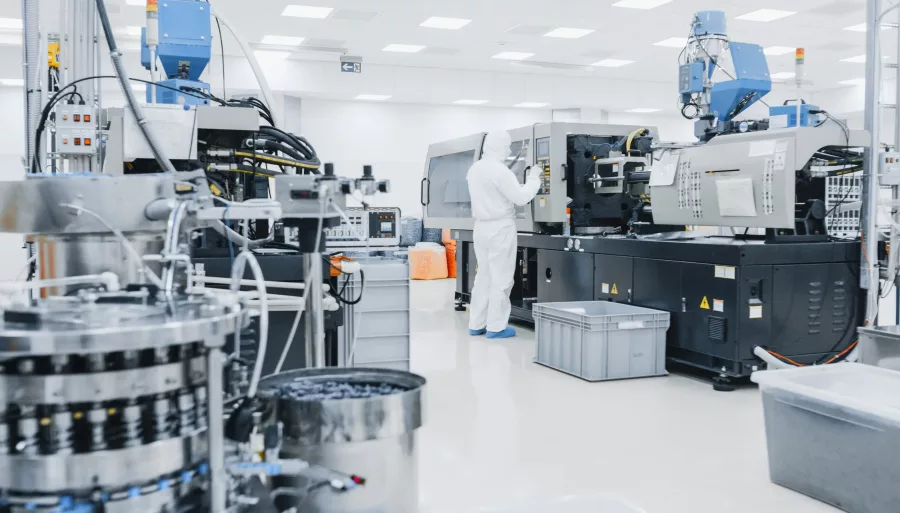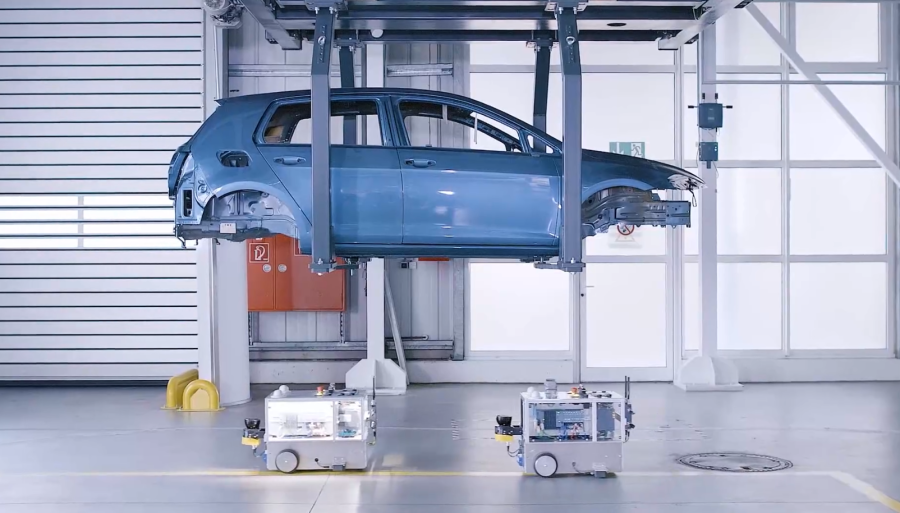Use case
Logistics and Warehousing
Logistics and warehousing have to do with organizing and controlling the storage and movement of materials and goods in the context of industrial production.
Use case topic
Intralogistics is logistics on a defined premises, for example to ensure the uninterrupted supply of raw materials to the factory floor by means of automated guided vehicles (AGVs), forklift trucks, etc. Warehousing refers to the storage of materials and goods, for example employing conveyors, cranes, and automated storage and retrieval systems. For practically all logistics use cases, the positioning, tracking and monitoring of assets are of high importance.
Example use cases [1] for logistics and warehousing include control-to-control and mobile robots. Communication services for logistics and warehousing need to meet very stringent requirements in terms of latency, communication service availability and determinism, and are limited to a local service area (both indoor and outdoor). Interaction is required with the public network (e.g. for service continuity, roaming, etc.).
You are currently viewing a placeholder content from YouTube. To access the actual content, click the button below. Please note that doing so will share data with third-party providers.
More Information


